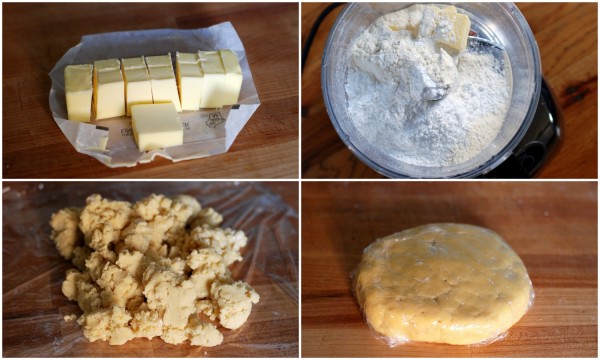The rest was pretty straightforward. Ultimately, hacking the perfect eggless chocolate ice cream wasn't as hard as I expected it to be: it worked on my first try. What's in the tupperware in my freezer is creamy and custardy. It is smooth and silky, with not an ice crystal in sight. It is as chocolatey as anything can be without being one of those unsweetened chocolate bars. It also has citrus notes, which Melissa pointed out on camera and Nick attributed to the mint, but I think it's because of that dark amber caramel, which often tastes a bit like lemon zest when it's made well.
Last but not least, it has.no.eggs.
Why does this thrill me? Because, as anyone who makes ice cream knows, it is a pain to separate all those yolks. It is even more of a pain to use up half a dozen eggs on one batch of ice cream. And the egg whites - the egg whites! - I always seem to have them lying around, taunting me with quiet threats of going bad. It's a bit stressful. Ice cream should not be stressful; it should be happy. This one is.
Thank you to Melissa Clark and to the defunct Gilt Taste. Thanks to Nick Morganstern and to Goat Town, which is no longer. Thanks to the rain in DC, for making my herbs explode and giving me an excuse to pick an entire bundle of mint. Mostly, thanks to the ingredients chocolate and cream, for being plenty thick and extremely delicious and pretty much perfect, just like this ice cream is.
Absolutely Perfect Bittersweet Chocolate Eggless Ice Cream Developed with help from Nick Morganstern, via a Gilt Taste video, and Melissa Clark's 2010 recipe in the NYT Makes 2 pints
3/4 cup sugar
2 1/2 cups heavy (whipping) cream
1 1/4 cups milk
10 ounces bittersweet chocolate (preferably 72% cacao), chopped
pinch of salt
2 ounces fresh mint
Have everything measured, chopped, and ready to go before you start making this ice cream. This is especially important for the cream, since you'll be using it to temper the caramel and need to have it available right when you need it.
Put sugar in a deep saucepan over medium heat. As the sugar melts, it will begin to clump; stir consistently, until it starts to feel like wet sand; the clumps will dissipate gradually.
Once the sugar has melted completely, it will start to caramelize and darken. Continue stirring and keep your eye on the heat. You're looking for a deep, dark amber color, but you don't want the sugar to burn. If you're nervous about how quickly the sugar is darkening, reduce the heat slightly. When the sugar is deep amber, pour half a cup of cream into the saucepan. It will bubble, then subside; stir constantly until the cream has incorporated. Continue to add cream by the 1/4 cup, stirring constantly as you add it. You're going to add all of the cream to the saucepan, but you need to do it gradually, or the caramel will separate.
Once you have a smooth cream-caramel base, the next step is to add the chocolate. If you have an immersion blender, you can add the chocolate right into the saucepan, stir until it's melted, then blend smooth. If you don't have one, put the chocolate in a blender or food processor and pulse until finely ground. Then add one cup of the hot cream mixture and the mint, and blend (carefully, to avoid explosions) until completely smooth. If you're nervous about bits of mint remaining, feel free to strain the chocolate mixture. Otherwise, pour the chocolate mixture back into the rest of the hot cream, add milk and salt, and stir until completely smooth. (At this point, you should have no issues with separation; however, if you do, you can always transfer the mixture into a food processor/blender or blend with an immersion blender.)
Transfer ice cream base to a large heat-safe bowl and transfer to the refrigerator to chill completely, at least overnight. When cold, pour into bowl of your ice cream machine and churn according to manufacturer’s directions. Transfer to a container and freeze until solid, at least 2 hours. Let sit at room temperature for 5 to 10 minutes before serving, or in refrigerator for 15 to 30 minutes.










